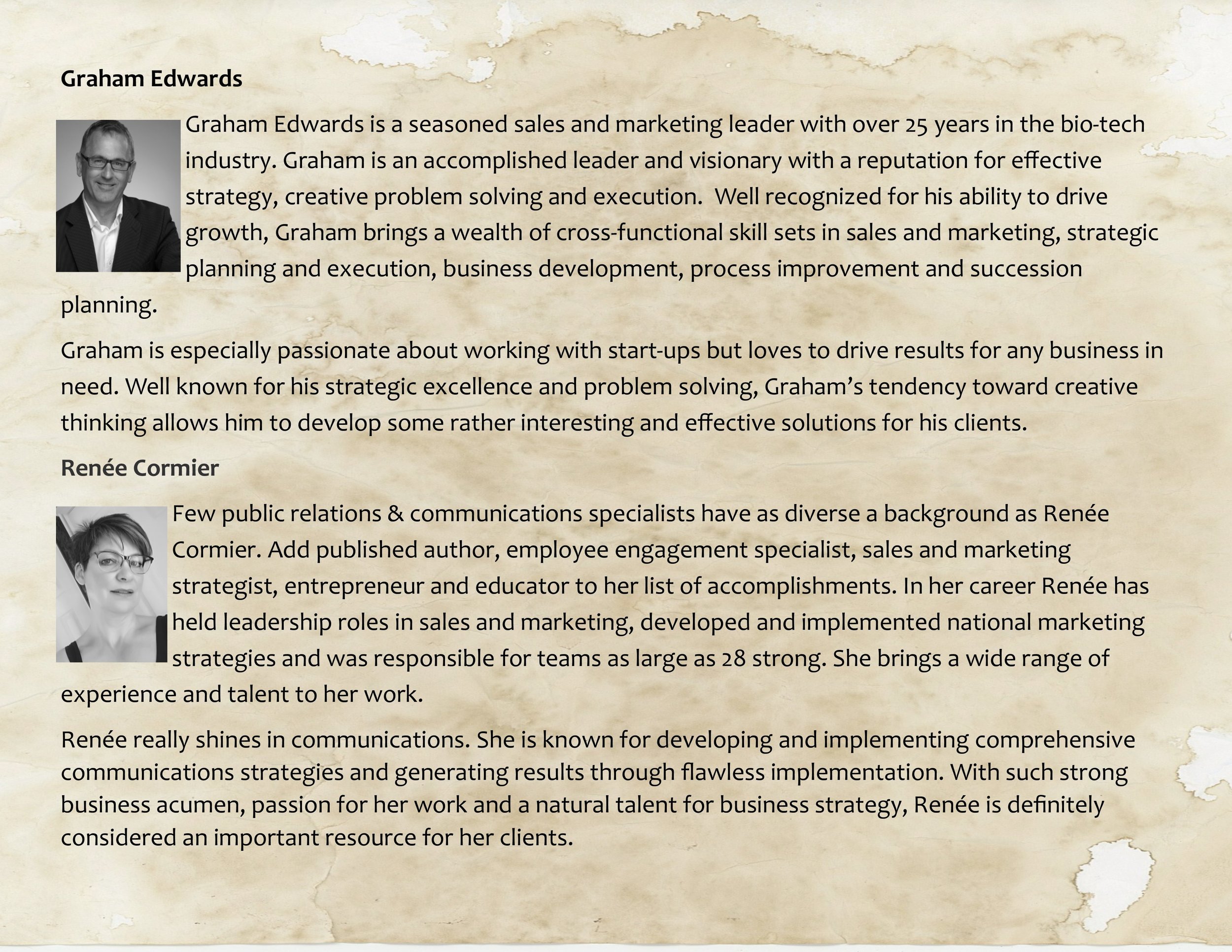The anatomy of presenting a plan...
If you are in business (or any organization for that matter) you may find yourself presenting your plan to someone (or many someones) — in fact it may start with something that sounds like this...
"We really want to step change the business so I want you to develop a plan and present it to me and the team in a month — and to stimulate your thinking this is the stretch goal I want to hit next year <insert big goal>. You will have an hour to present.
Let me know if there are any questions and I look forward to your presentation - see ya."
As you shake your head at the supposed "stretch goal" — you then get down to work because the clock is now ticking and a month goes very quickly.
Although I appreciate there are many ways to present I will go out on a limb and suggest most leaders are looking for a slide deck with someone presenting at the front of the room or at the very least on a webinar. With that said, I present to you the anatomy of what I believe to be an effective presentation to get your point across, and more importantly, get buy-in.
The First Slide —
This is the title slide which indicates what your presentation is about and who you are. Don't assume that everyone who is listening knows who you are.
The Second Slide —
This slide sets the tone of your presentation and frames up the three things that the presentation is about:
Your Vision — a statement that looks into the future at least three years and defines a desired future state of what your plan is working to achieve.
Your Goal — In the largest font you can afford, show the financial goal you are working to achieve with the plan.
Your Strategies to achieve your goal (no less than three and no more than three) — a long term plan of action designed to achieve your goal. These strategies are prioritized in order of impact on the goal
The Third Slide —
The Revenue Walk
This is the slide where you connect your vision and strategies with the financial goal. The objective is to offer a visual perspective as to how you will achieve your goal, set priorities, and engage the audience. Also be warned this is the first slide your audience my attempt to "hijack" your presentation... meaning the audience may try to take you off your "script".
The Fourth, Fifth and Six Slide —
Strategies
This is where you present the three strategies in order of priority — one strategy per slide. Each strategy is explained and includes what is needed to make it happen in terms of structure, staff, systems and process, skills needed, and how the strategy will be executed.
The Seventh and Eighth Slide —
Organizational charts
The seventh slide is the current organizational chart (current state) and eighth slide is the required organizational chart (future state). This visualizes the team that is needed to support the three strategies, and drive to the goal (which I remind you started this whole thing). Remember (and this is a truism) — people are everything, and nothing gets done without them.
The Ninth Slide —
Situation Review
This slide offers an overview of the situation that the business operates in. This slide offers insight into the market, market share, current performance, competitive situation, and other considerations that are relevant to the goal and strategies.
The Tenth Slide —
The SWOT
The SWOT analysis highlights the Strength, Weaknesses, Opportunities and Threats relevant to the organization and the business situation. Strengths and Weaknesses tend to offer an internal perspective, while Opportunities and Threats offer and external one. This slide is best represented with four quadrants highlighting the appropriate strengths, weakness, et cetera.
The Eleventh Slide —
People
This is the people and performance slide that identifies the people, their performance, and their potential.
A nine quadrant grid with PERFORMANCE along the x axis and POTENTIAL along the y axis — this allows you to stack rank people from Consistent Star to Talent Risk, and then everyone in between. This helps with honest (and respectful) discussions to help develop people up or out of the organization.
The goal of slides nine, ten and eleven are to create a clear picture of the foundation you are building your strategies and future structure on.
The Twelfth Slide —
Resources and Risks
This is the slide where you summarize the resources needed to initiate your three strategies and ensure they are successful. Resources needed are normally presented in dollar. This is also where you indicate any risks that may prevent you from executing on your strategies and achieving your goal.
The Appendix (and all the other slides) —
Your presentation will at most consist of twelve slides but there is still all of that supporting material that you need handy just in case someone has a question, wants supporting material for something you did (or didn't) say, et cetera, et cetera. This is where your appendix comes in, and feel free to go wild with the number of slides you put there — but remember, they will never actually be part of your one hour presentation.
Is this the definitive template for presenting a plan?
Of course it isn't... it's just one of many, but it has proven effective in having someone say, "I like what you are saying...tell me more." Because the honest truth is this is just the start of your plan and there's a bunch more work ahead of you — but as I mentioned, it has proven to be a good way to start.
iamgpe







